Home>Home Appliances>Home Automation Appliances>How Teachers Use Alexa
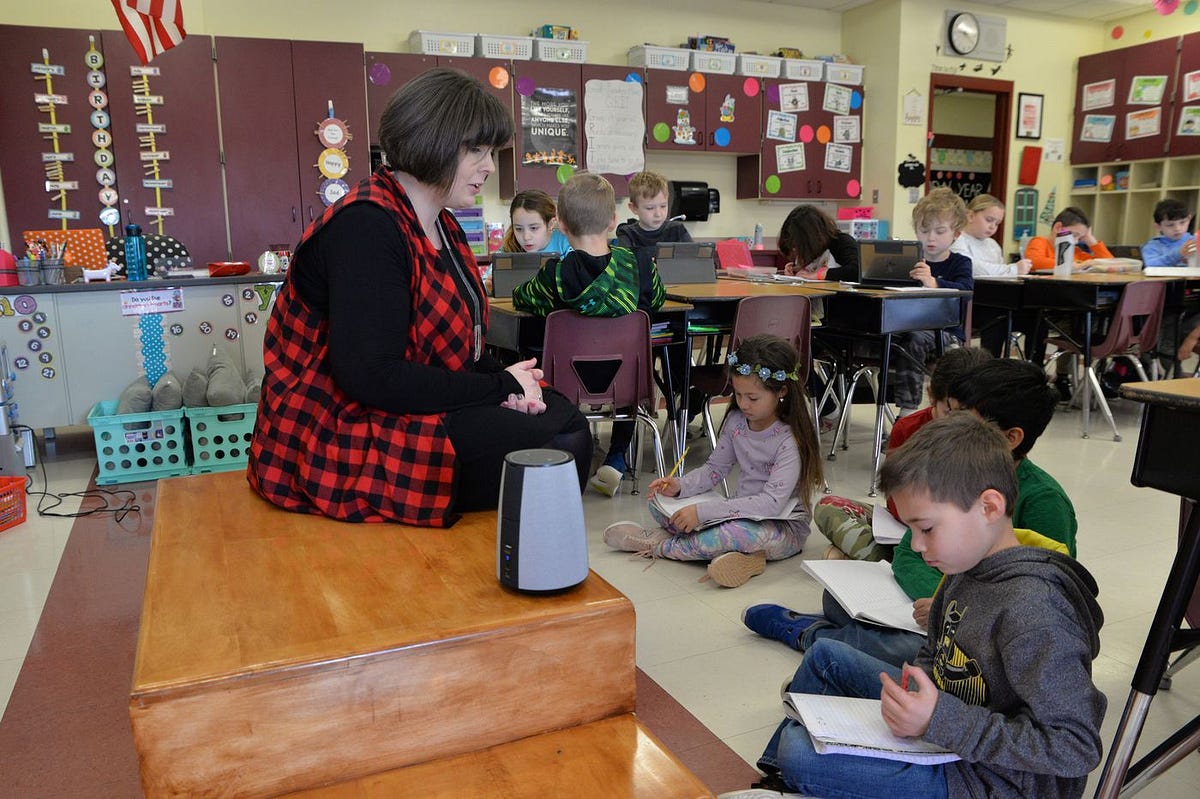

Home Automation Appliances
How Teachers Use Alexa
Modified: January 4, 2024
Discover how teachers leverage home automation appliances like Alexa to enhance the learning experience in the classroom. Explore innovative ways to integrate smart technology into education.
(Many of the links in this article redirect to a specific reviewed product. Your purchase of these products through affiliate links helps to generate commission for Storables.com, at no extra cost. Learn more)
**
Introduction
**
In today's fast-paced digital age, the integration of smart technology has revolutionized various aspects of our lives, including education. Among the innovative tools that have gained prominence in educational settings is Amazon's Alexa. This voice-controlled virtual assistant has not only simplified tasks in homes and offices but has also made its way into the classroom, transforming the traditional learning environment into a more interactive and engaging space.
Educators are increasingly recognizing the potential of Alexa as a valuable educational tool, leveraging its capabilities to streamline administrative tasks, deliver dynamic lessons, and provide personalized support to students. As the use of voice-activated technology continues to evolve, it is crucial to explore the ways in which teachers can harness the power of Alexa to enrich the learning experience and optimize classroom management. This article delves into the multifaceted role of Alexa in education, shedding light on its integration into the classroom, its impact on learning outcomes, and the measures taken to address privacy and security concerns. Let's embark on a journey to discover how teachers are leveraging Alexa to create a more dynamic and efficient learning environment for their students.
**
Key Takeaways:
- Teachers use Alexa to make learning fun and interactive, automate tasks, and provide instant access to information, creating a dynamic classroom environment that enhances the overall learning experience.
- Educators must prioritize student privacy and security when integrating Alexa into the classroom, implementing measures to safeguard sensitive data and promote responsible and secure use of voice-activated technology.
Read more: How To Use Alexa Thermostat
Integrating Alexa into the Classroom
**
Integrating Amazon’s Alexa into the classroom environment presents a myriad of opportunities to enhance the teaching and learning process. By incorporating this voice-activated technology, educators can streamline various administrative tasks, access real-time information, and create a more interactive and dynamic learning experience for their students.
One of the primary benefits of integrating Alexa into the classroom is its capacity to simplify routine tasks, allowing teachers to focus more on instructional activities. With voice commands, educators can set reminders, create to-do lists, and manage their schedules more efficiently, thereby optimizing their time and productivity. Additionally, Alexa can serve as a virtual assistant, providing instant access to information, such as weather updates, historical facts, and mathematical calculations, enabling educators to supplement their lessons with accurate and current data.
Furthermore, Alexa’s integration into the classroom fosters a more immersive and interactive learning environment. Teachers can utilize the device to engage students in educational games, quizzes, and interactive storytelling, promoting active participation and knowledge retention. By leveraging Alexa’s voice recognition and response capabilities, educators can also create personalized learning experiences tailored to individual student needs, thereby catering to diverse learning styles and abilities.
Moreover, the use of Alexa in the classroom can facilitate seamless communication and collaboration. Teachers can use the device to broadcast announcements, share important reminders, and facilitate group discussions, promoting effective communication within the learning community. Additionally, Alexa’s integration can empower students to independently seek information, ask questions, and explore new topics, fostering a sense of autonomy and curiosity within the classroom.
Overall, integrating Alexa into the classroom environment empowers educators to streamline administrative tasks, create interactive learning experiences, and foster effective communication, ultimately enhancing the overall teaching and learning process.
**
Enhancing Learning with Alexa
**
Amazon’s Alexa has emerged as a powerful tool for enhancing the learning experience, offering a wide array of features and capabilities that can be leveraged to enrich educational content and foster a more engaging and interactive learning environment.
One of the primary ways in which Alexa enhances learning is through its ability to provide instant access to a wealth of information. With voice commands, students can inquire about historical events, scientific concepts, mathematical equations, and more, receiving accurate and up-to-date responses that supplement classroom lessons. This immediate access to information not only facilitates deeper understanding but also cultivates a culture of curiosity and inquiry within the classroom.
Moreover, Alexa’s integration into the learning process extends beyond accessing information to actively engaging students in educational activities. Educators can harness Alexa’s interactive features to create educational games, quizzes, and interactive storytelling experiences that cater to diverse learning styles and promote active participation. By infusing lessons with interactive elements, teachers can captivate students’ attention and reinforce key concepts in a dynamic and memorable manner.
Furthermore, Alexa’s voice recognition and response capabilities enable educators to personalize the learning experience, catering to individual student needs and preferences. Through tailored interactions, students can receive targeted support, practice language skills, and engage in interactive dialogue, fostering a more personalized and effective learning journey.
Additionally, Alexa’s integration into the classroom empowers students to develop essential 21st-century skills, such as digital literacy and critical thinking. By interacting with voice-activated technology, students gain valuable experience in navigating digital interfaces, discerning credible information, and formulating effective queries, skills that are increasingly relevant in today’s technology-driven society.
Overall, Alexa’s role in enhancing learning extends beyond providing information to actively engaging students in interactive educational experiences, fostering personalized learning opportunities, and cultivating essential digital skills, thereby enriching the overall learning journey.
**
When using Alexa in the classroom, be sure to set clear boundaries and guidelines for its use to ensure it enhances learning without becoming a distraction.
Improving Classroom Management
**
Effective classroom management is essential for creating a conducive learning environment, and the integration of Amazon's Alexa offers numerous advantages in this regard. By leveraging the capabilities of Alexa, educators can streamline administrative tasks, reinforce positive behavior, and promote a more organized and efficient classroom dynamic.
One of the key ways in which Alexa contributes to improved classroom management is through its ability to automate routine tasks. Educators can utilize the device to set reminders for important events, manage daily schedules, and maintain to-do lists, thereby optimizing time management and minimizing administrative burdens. This automation allows teachers to allocate more time and attention to instructional activities, ultimately enhancing the overall teaching and learning experience.
Moreover, Alexa's integration into the classroom facilitates the implementation of positive behavior reinforcement strategies. Educators can program the device to deliver positive affirmations, rewards, or motivational messages to students, promoting a supportive and encouraging classroom atmosphere. By leveraging Alexa to reinforce positive behavior and academic achievements, teachers can cultivate a more positive and inclusive learning environment, fostering student engagement and motivation.
Additionally, Alexa can serve as a valuable tool for facilitating classroom organization and communication. Teachers can use the device to broadcast announcements, share important reminders, and facilitate group discussions, promoting effective communication and collaboration within the classroom community. Furthermore, Alexa's integration empowers students to independently seek information, ask questions, and engage in collaborative learning activities, thereby fostering a sense of autonomy and responsibility within the classroom.
Furthermore, Alexa's voice recognition and response capabilities enable educators to personalize the learning experience, catering to individual student needs and preferences. Through tailored interactions, students can receive targeted support, practice language skills, and engage in interactive dialogue, fostering a more personalized and effective learning journey.
In summary, the integration of Amazon's Alexa enhances classroom management by automating routine tasks, reinforcing positive behavior, promoting effective communication, and fostering a more organized and efficient learning environment, ultimately contributing to a more positive and productive classroom dynamic.
**
Addressing Privacy and Security Concerns
**
As the integration of Amazon’s Alexa into educational settings continues to expand, it is imperative for educators and institutions to address privacy and security concerns associated with the use of voice-activated technology in the classroom. While Alexa offers a host of benefits for enhancing the learning experience, it is essential to implement robust measures to safeguard student privacy, protect sensitive data, and mitigate potential security risks.
One of the primary privacy concerns surrounding the use of Alexa in the classroom pertains to the collection and storage of student data. Educators must ensure that any data transmitted to and from the device complies with relevant data protection regulations and that sensitive information is securely handled and stored. It is essential to review and understand the privacy policies and data protection measures implemented by the technology provider to safeguard student privacy and confidentiality.
Furthermore, educators should exercise caution when using voice-activated technology in educational settings to prevent inadvertent recording or sharing of sensitive conversations or information. Clear guidelines and protocols should be established to govern the use of Alexa in the classroom, outlining the appropriate contexts for voice interactions and emphasizing the importance of respecting student privacy and confidentiality.
Another critical aspect of addressing privacy and security concerns involves implementing robust security measures to protect against unauthorized access and data breaches. Educators and institutions should ensure that Alexa devices are securely configured, with strong authentication mechanisms and regular software updates to mitigate potential vulnerabilities. Additionally, it is essential to educate students about responsible and secure use of voice-activated technology, promoting digital literacy and awareness of privacy considerations.
Moreover, transparent communication with students, parents, and relevant stakeholders is paramount in addressing privacy and security concerns associated with the use of Alexa in the classroom. Open dialogue about the purpose, limitations, and safeguards surrounding the integration of voice-activated technology can foster trust and understanding within the educational community, empowering stakeholders to make informed decisions regarding its use.
By proactively addressing privacy and security concerns and implementing robust safeguards, educators and institutions can harness the benefits of Alexa in the classroom while prioritizing student privacy, data protection, and overall security, thereby creating a safe and responsible learning environment.
**
Read more: How To Use Alexa With Harmony
Conclusion
**
The integration of Amazon’s Alexa into educational settings represents a transformative shift in the way teachers engage with students, manage classrooms, and deliver dynamic learning experiences. By harnessing the capabilities of this voice-activated technology, educators have the opportunity to streamline administrative tasks, enhance learning outcomes, and foster a more interactive and efficient classroom environment.
As educators continue to explore the potential of Alexa in education, it is essential to recognize the multifaceted impact it has on the teaching and learning process. From simplifying routine tasks to providing instant access to information and fostering personalized learning experiences, Alexa serves as a versatile tool for enriching the educational journey.
Moreover, the integration of Alexa into the classroom empowers educators to improve classroom management, reinforce positive behavior, and promote effective communication and collaboration. By automating tasks, facilitating organizational processes, and fostering a supportive learning environment, Alexa contributes to a more positive and productive classroom dynamic.
However, as the use of voice-activated technology in educational settings evolves, it is crucial to address privacy and security concerns associated with its implementation. Educators and institutions must prioritize student privacy, data protection, and security measures to ensure responsible and secure use of Alexa in the classroom, fostering trust and transparency within the educational community.
In conclusion, the integration of Amazon’s Alexa into the classroom represents a paradigm shift in education, offering a wealth of opportunities to enhance the teaching and learning experience. By leveraging the capabilities of Alexa while addressing privacy and security considerations, educators can create a more dynamic, interactive, and secure learning environment, ultimately empowering students to thrive in the digital age.
Frequently Asked Questions about How Teachers Use Alexa
Was this page helpful?
At Storables.com, we guarantee accurate and reliable information. Our content, validated by Expert Board Contributors, is crafted following stringent Editorial Policies. We're committed to providing you with well-researched, expert-backed insights for all your informational needs.
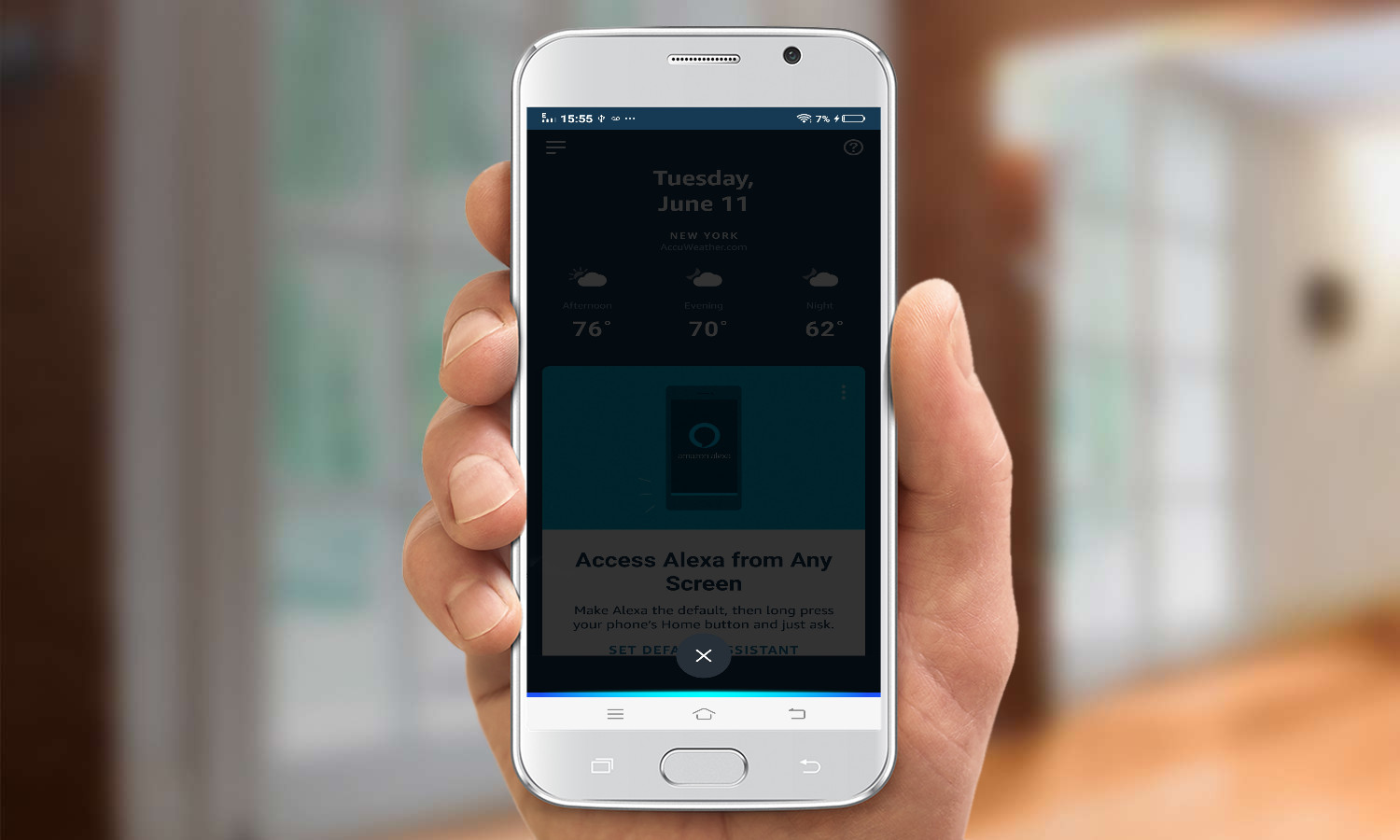
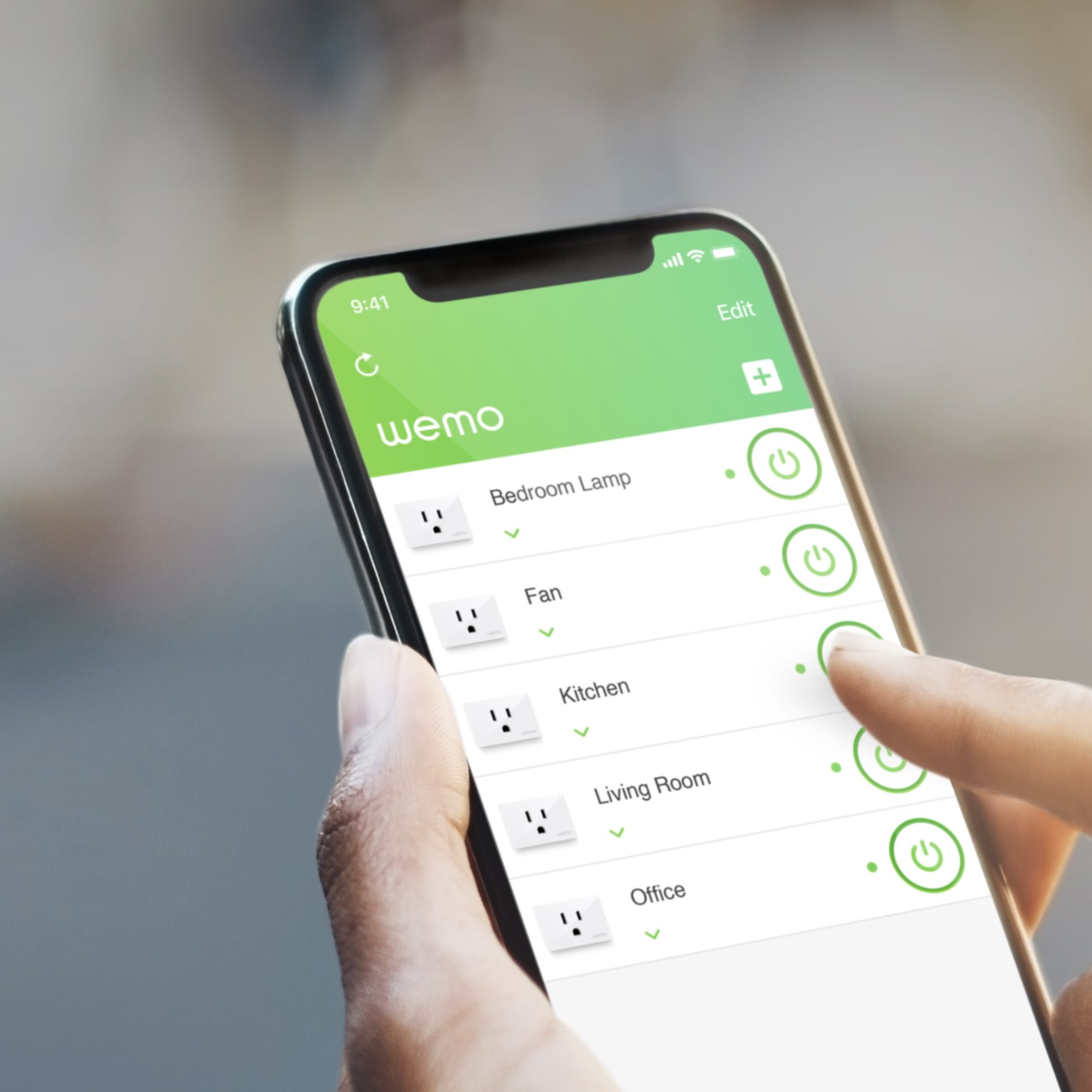
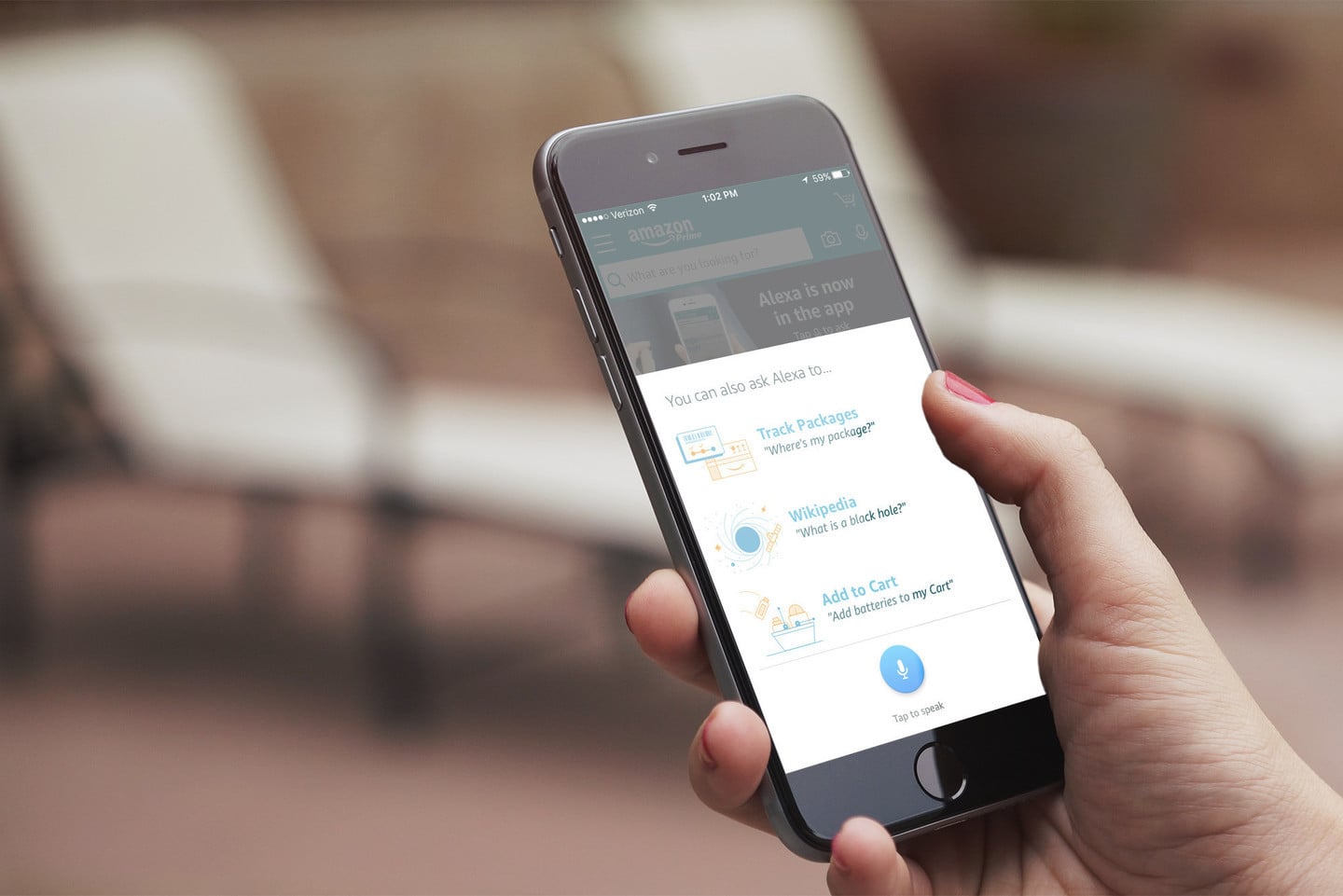
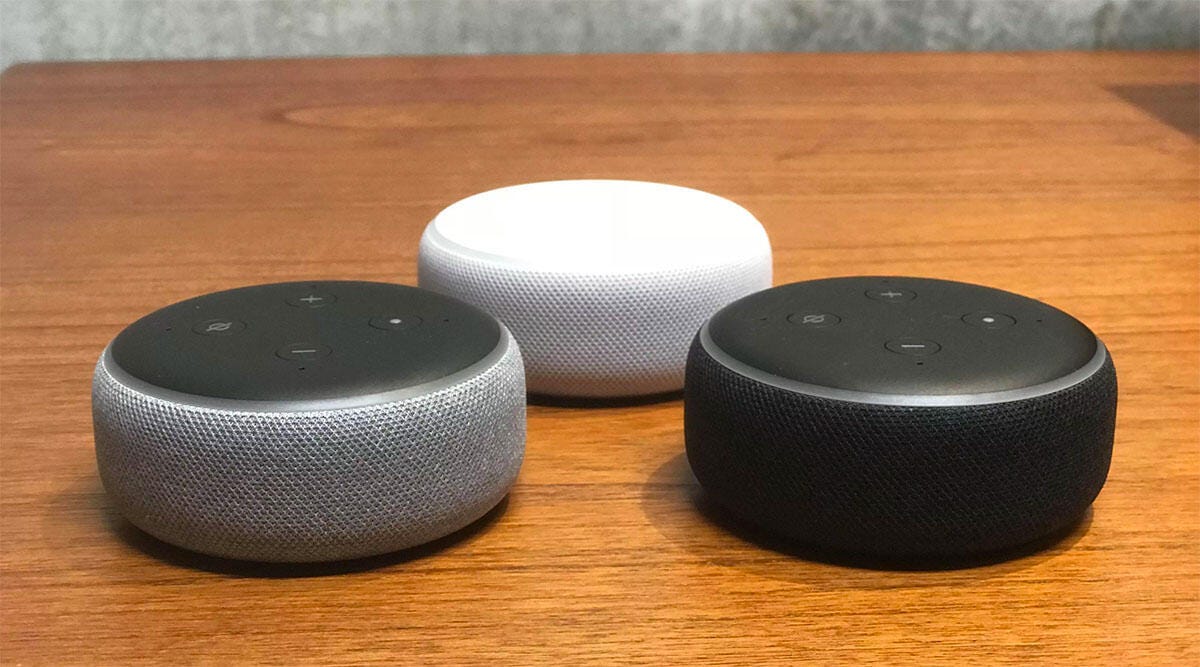
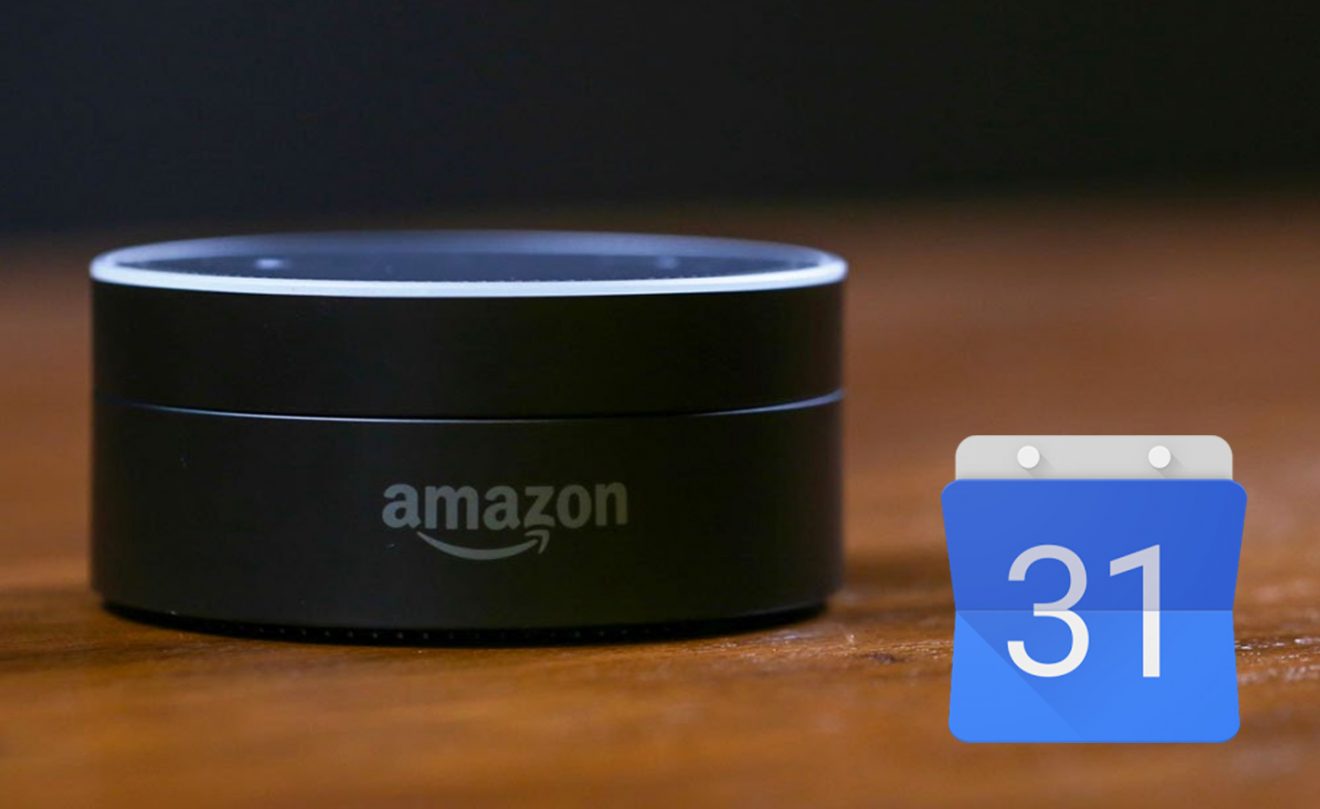
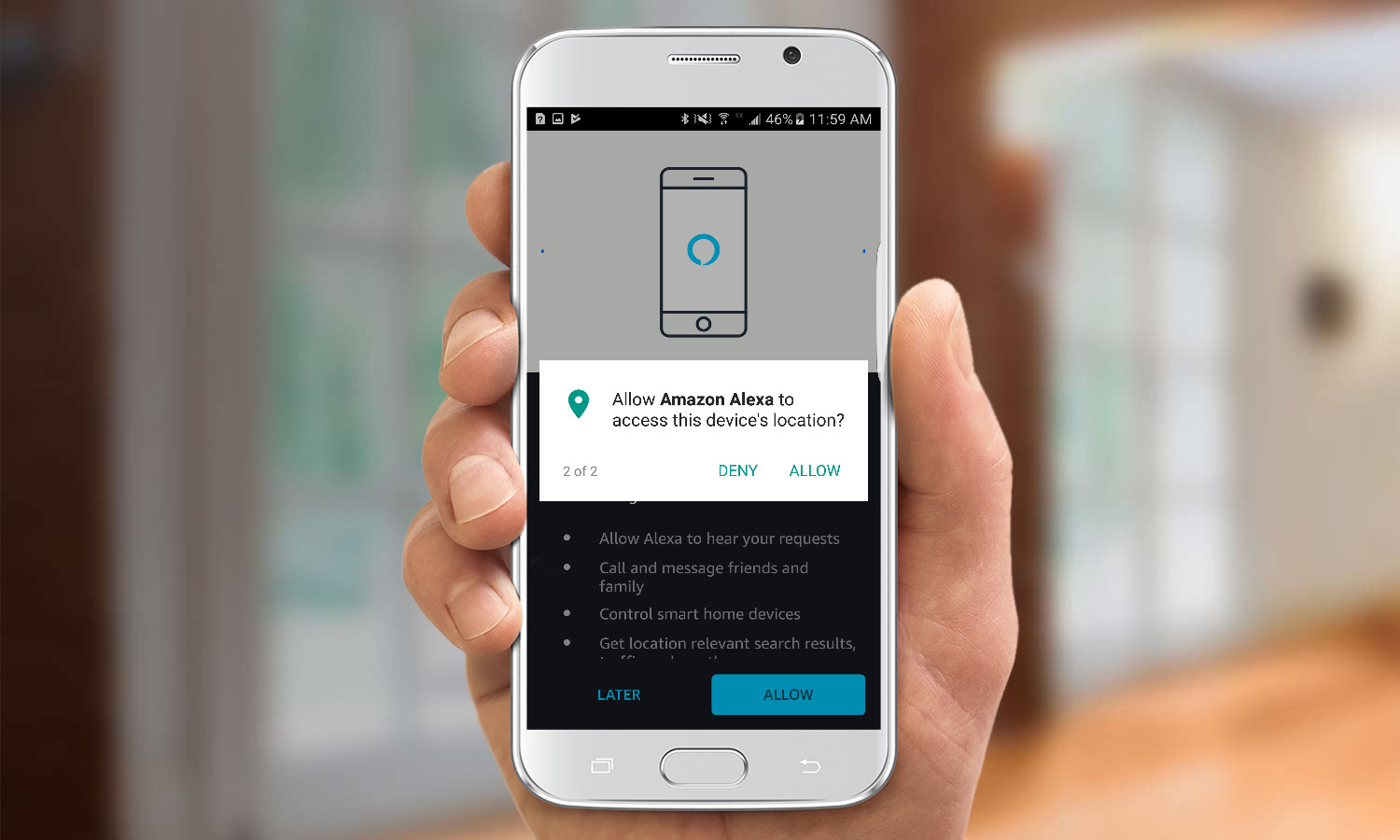
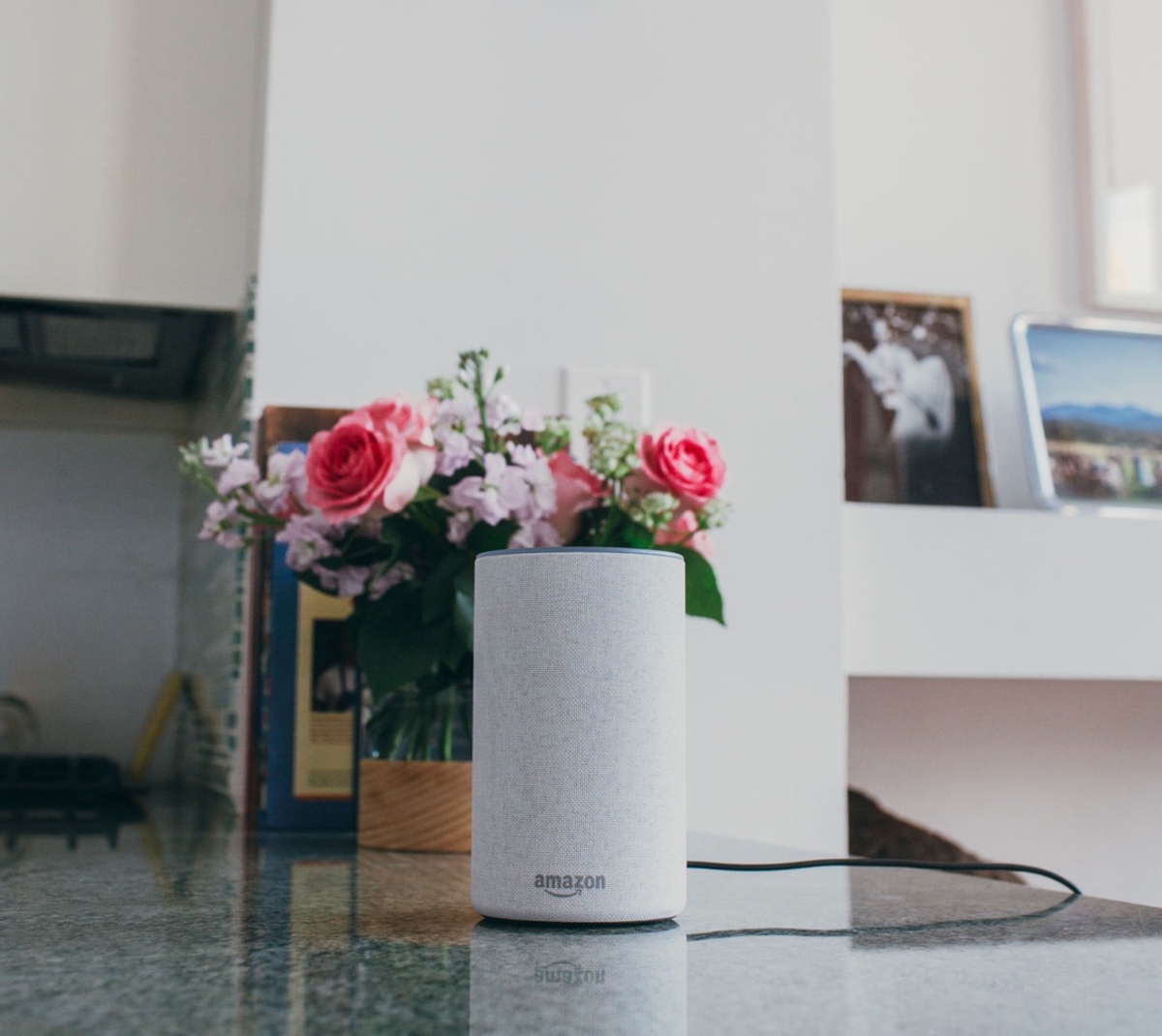
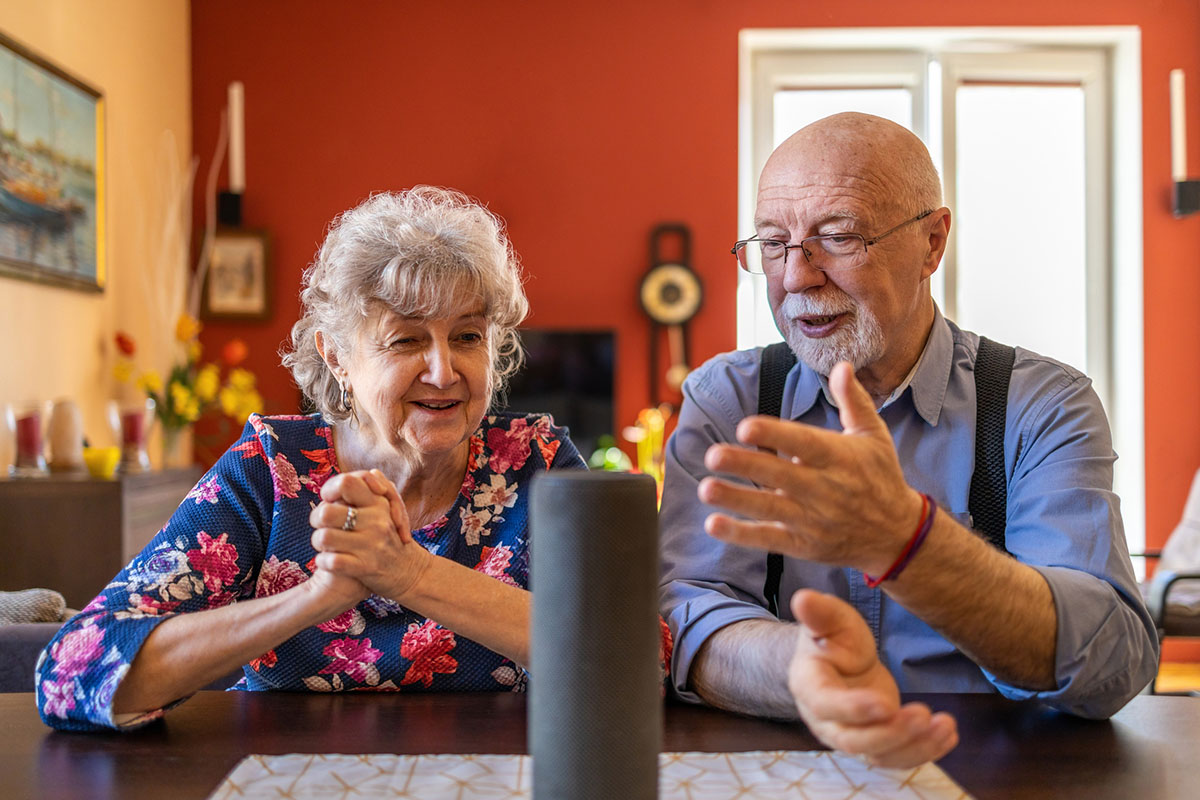

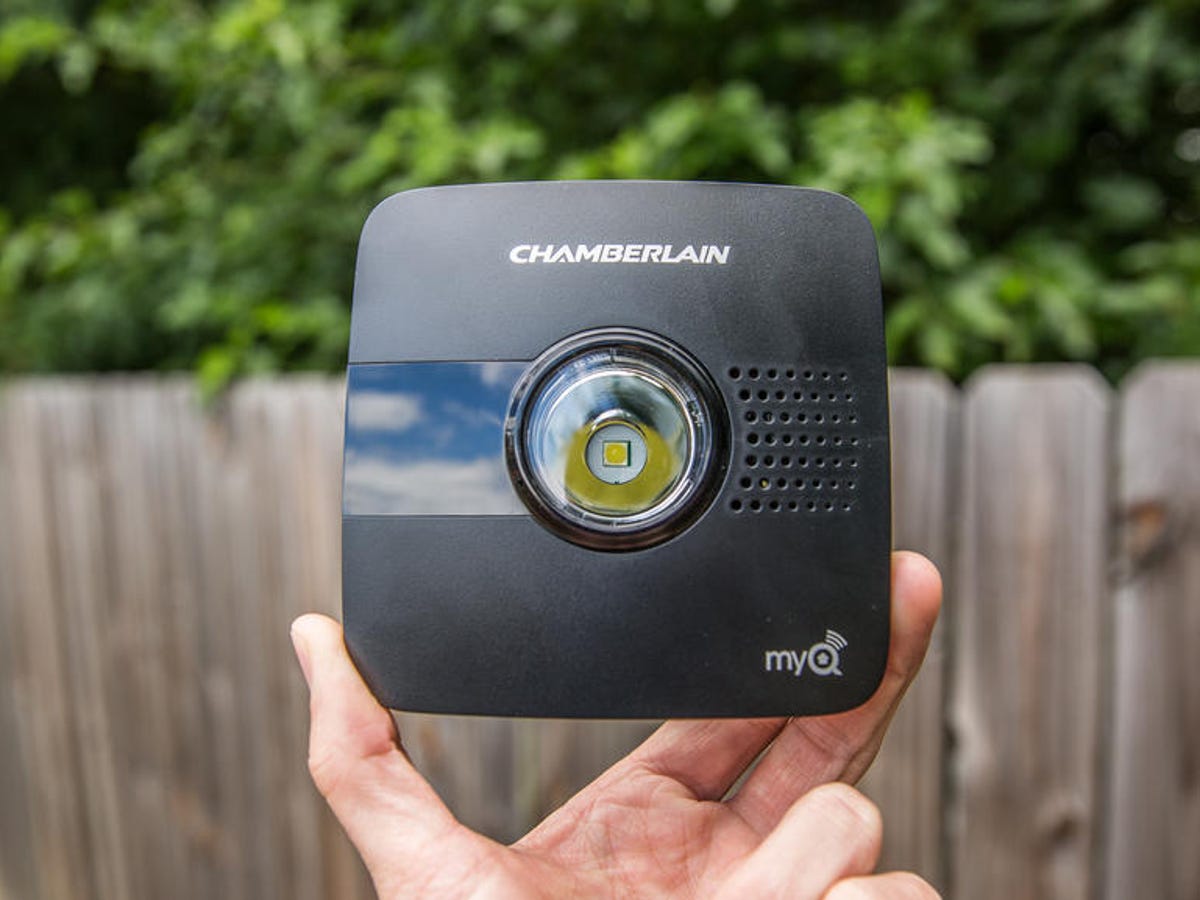

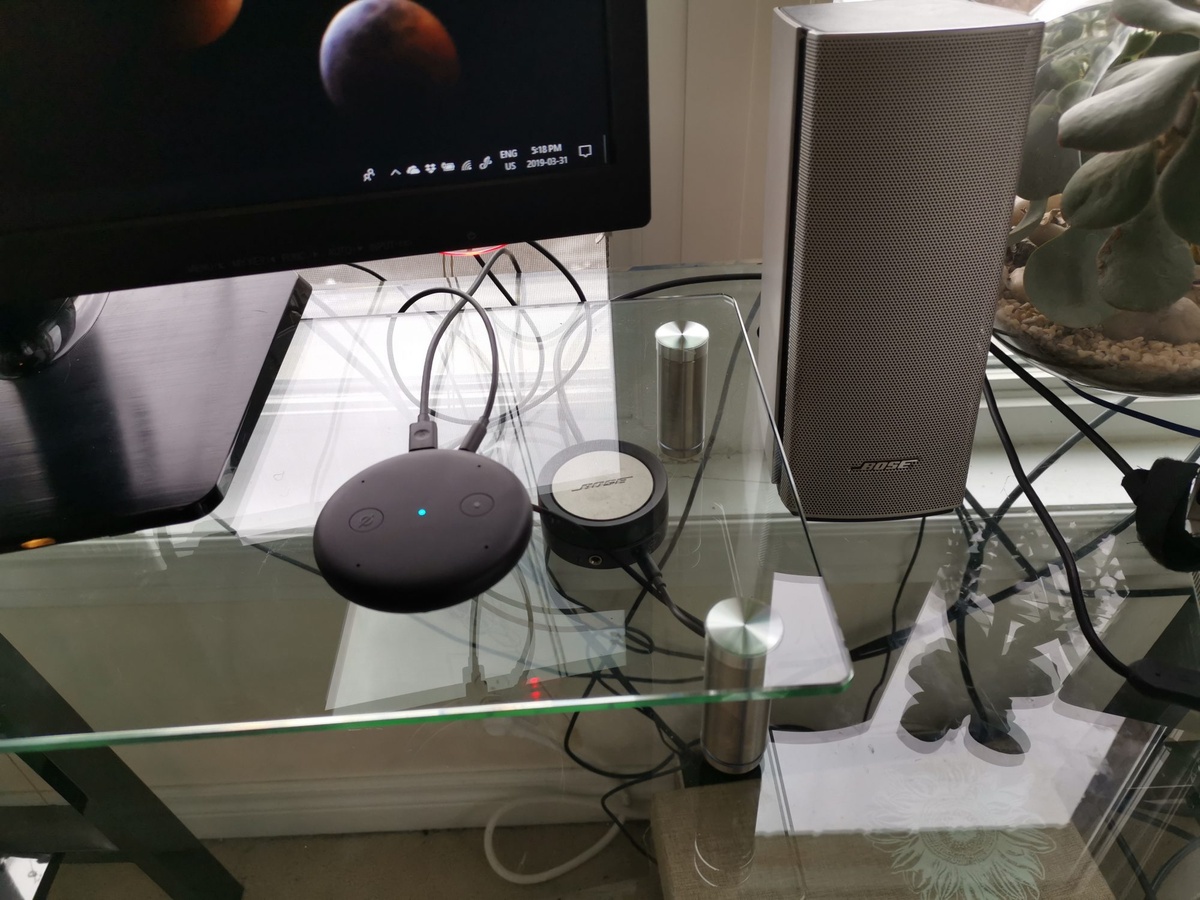
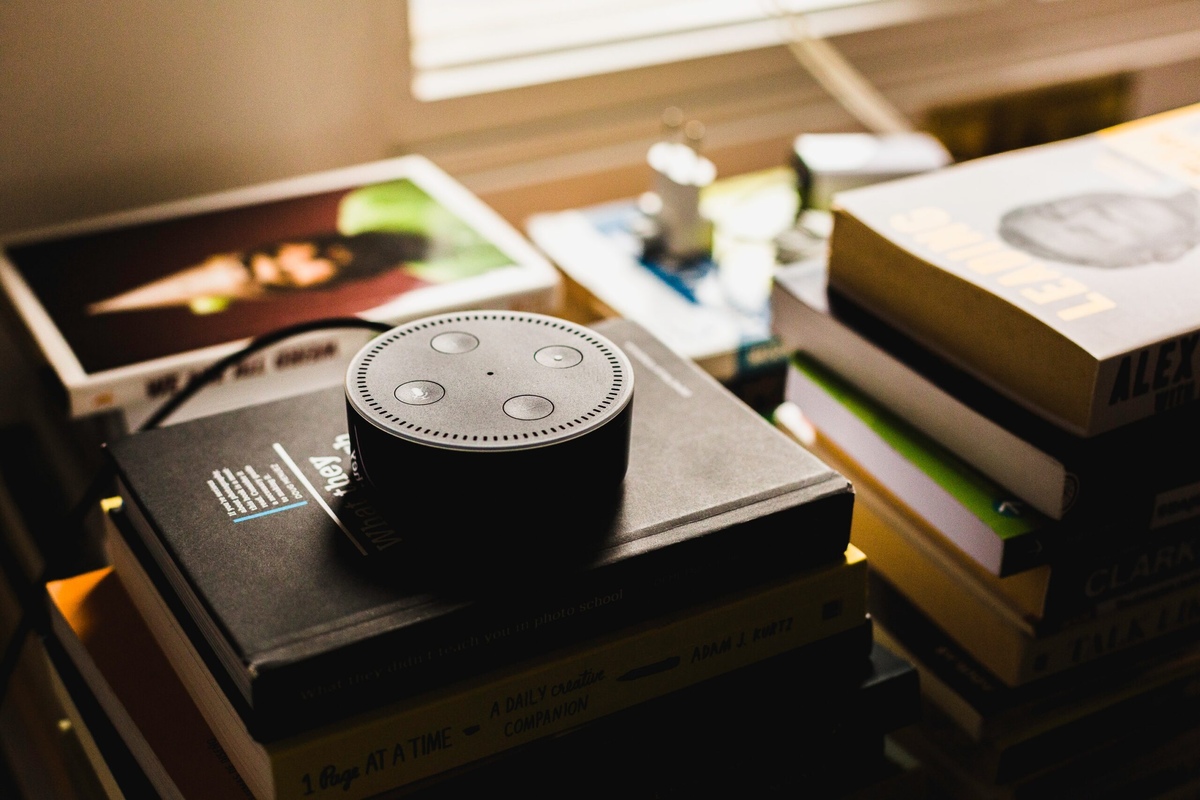


0 thoughts on “How Teachers Use Alexa”